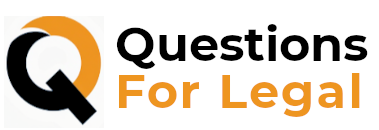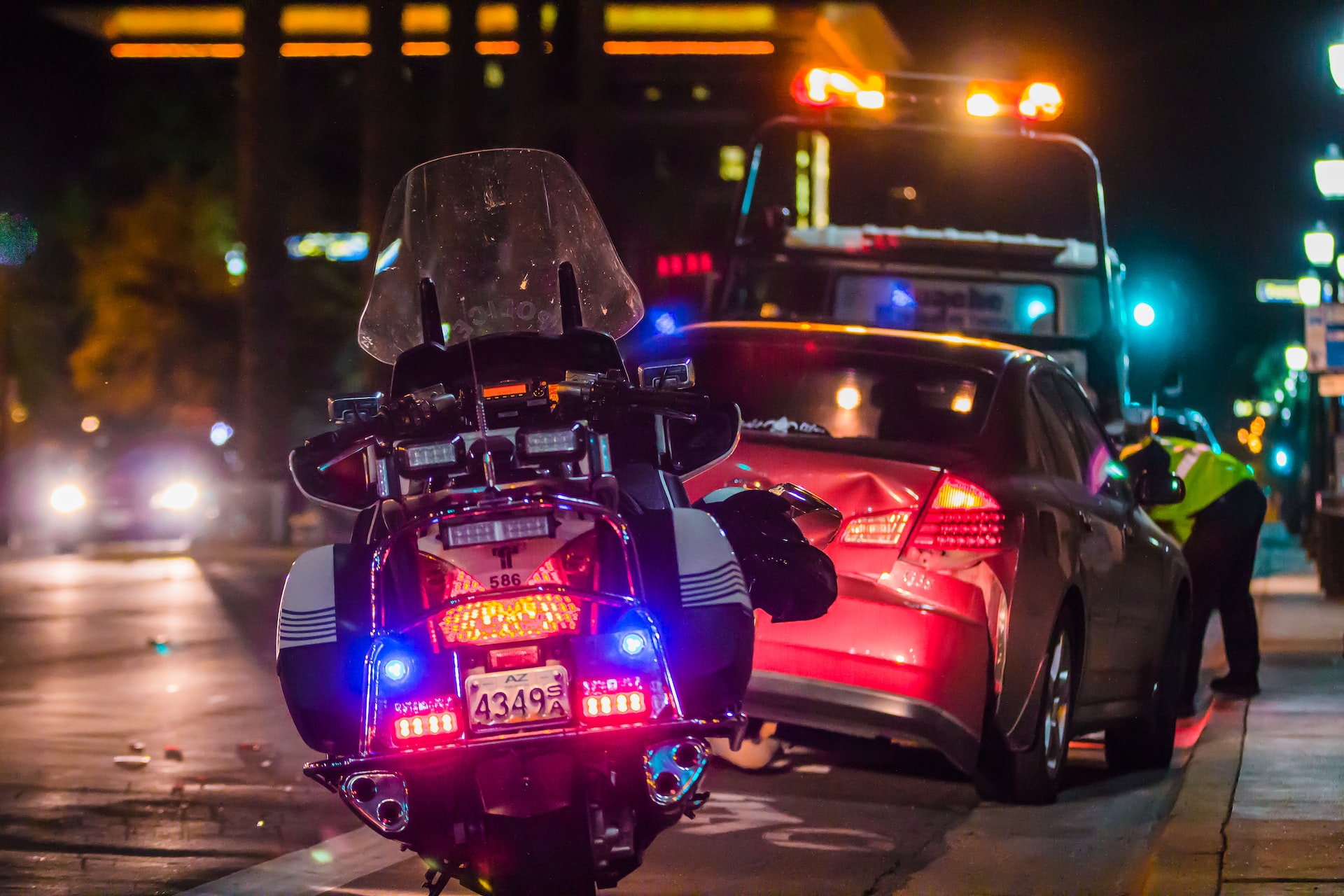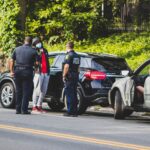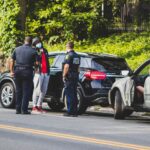Car accidents can be incredibly stressful and scary experiences. They can happen in the blink of an eye, and can result in serious injuries, property damage, and emotional trauma. Whether you’re a new driver or have been on the road for years, it’s important to know what to do in the event of a car accident.
Firstly, a car accident is a collision between one or more vehicles, or a vehicle and a stationary object. Car accidents can range from minor fender-benders to more serious crashes that cause significant damage and injuries. They can occur due to a variety of reasons, including driver error, poor road conditions, and inclement weather.
Knowing what to do in a car accident is crucial, as it can help minimize damage and injuries, and ensure that everyone involved receives the proper medical care and support. Taking the right steps can also help protect you legally and financially.
In the event of a car accident, there are a few key steps that you should take to ensure that you, your passengers, and others involved are safe and receive the help they need. These steps include assessing the situation, calling for help, exchanging information with the other driver(s), documenting the scene, staying calm and cooperating, and following up after the accident. In the following sections, we’ll go into more detail on each of these steps to help you be prepared in case of a car accident.
Table of Contents
Assess the situation
After a car accident, it’s important to assess the situation to ensure that everyone involved is safe and receive the necessary help. Here are the steps you should take:
- Stop the vehicle safely: If you are involved in a car accident, the first thing you should do is to stop the vehicle as safely as possible. Pull over to the side of the road or into a nearby parking lot if possible. Use your turn signal to indicate your intention to stop, and be mindful of other vehicles on the road.
- Turn on hazard lights: Once you have stopped your vehicle, turn on your hazard lights to alert other drivers to the accident and to increase your visibility.
- Check for injuries: Check yourself and any passengers for injuries. If you or anyone else is injured, call 911 or ask someone to call on your behalf. If you are not injured, check on the other driver(s) and passengers involved in the accident. If anyone is injured, call for emergency medical assistance immediately.
It’s important to keep in mind that even if you feel fine immediately after an accident, you may still have underlying injuries that could become worse over time. It’s recommended that you seek medical attention as soon as possible after an accident, even if you don’t feel any pain or discomfort.
By following these steps to assess the situation, you can ensure that everyone involved in the accident is safe and receives the help they need. In the next section, we’ll discuss what to do after you’ve assessed the situation and ensured the safety of those involved.
Call for help
In the event of a car accident, it’s important to call for help as soon as possible. Here’s what you should do:
- Call emergency services: If anyone is injured, or if there is significant damage to the vehicles involved, call 911 immediately. The emergency services dispatcher will send police and/or medical personnel to the scene of the accident.
- Provide location and details of the accident: When you call 911, be prepared to provide your location and any other details that can help emergency personnel locate the accident scene quickly. If you’re not sure of your exact location, try to provide as much information as possible about nearby landmarks, streets, or intersections.
- Follow any instructions given by the dispatcher: The emergency services dispatcher will likely give you instructions on what to do while you wait for emergency personnel to arrive. Listen carefully and follow their instructions. If you’re not sure what to do, ask for clarification.
It’s important to stay calm and focused when you call for help. Provide as much information as you can to the dispatcher, and try to remain on the line until emergency personnel arrive.
Remember that the dispatcher’s job is to help you, and they are trained to handle emergency situations. By following their instructions, you can help ensure that the right resources are sent to the scene of the accident as quickly as possible.
In the next section, we’ll discuss what to do after you’ve called for help and while you’re waiting for emergency personnel to arrive.
Exchange information with the other driver(s)
After a car accident, it’s important to exchange information with the other driver(s) involved in the accident. Here’s what information you should exchange:
- Name and contact information: Ask the other driver for their name and contact information, including their phone number and email address. It’s important to have this information in case you need to contact them later.
- Driver’s license and license plate number: Ask the other driver for their driver’s license number and the license plate number of their vehicle. This information can be used to identify the other driver and their vehicle.
- Insurance information: Ask the other driver for their insurance information, including the name of their insurance company, their policy number, and the name and contact information of their insurance agent. It’s important to have this information to file a claim with their insurance company.
Be sure to provide the other driver with your own contact information and insurance information as well.
It’s important to be polite and cooperative when exchanging information with the other driver. Avoid admitting fault or placing blame for the accident, even if you believe the other driver was at fault. Leave it to the insurance companies and/or law enforcement officials to determine fault.
Document the scene
After a car accident, it’s important to document the scene to the best of your ability. Here’s what you should do:
- Take photos and/or videos of the damage and surrounding area: Use your phone or camera to take pictures and/or videos of the damage to your vehicle and any other vehicles involved in the accident. If there are any skid marks or debris on the road, be sure to take pictures of those as well. These photos and videos can be used as evidence if you need to file an insurance claim or go to court.
- Record the date, time, and location of the accident: Write down the date, time, and location of the accident. Be as specific as possible, including the name of the road, the nearest cross street, and any other landmarks or points of interest nearby.
- Write down any other details you remember: Jot down any other details you remember about the accident, such as the weather conditions, the speed at which you were traveling, and any statements made by the other driver(s) involved in the accident. These details can be helpful when you’re filing an insurance claim or providing a statement to law enforcement officials.
It’s important to document the scene as thoroughly as possible, while also being mindful of your safety and the safety of others. If you need to move your vehicle to a safer location before taking photos or writing down details, be sure to do so carefully and without causing any further damage.
Stay calm and cooperate
A car accident can be a stressful and emotional experience, but it’s important to stay calm and cooperate with the other driver(s) involved in the accident. Here’s what you should do:
- Avoid arguing with the other driver(s): Even if you believe the other driver was at fault for the accident, it’s important to avoid arguing or getting into a confrontation with them. Remain calm and polite, and focus on exchanging information and documenting the scene of the accident.
- Don’t admit fault: It’s important to avoid admitting fault for the accident, even if you believe you were at fault. Leave it to the insurance companies and/or law enforcement officials to determine fault.
- Cooperate with police and emergency responders: If the police or emergency responders are called to the scene of the accident, be sure to cooperate with them. Answer their questions truthfully and provide any information they request. If you’re injured, allow the emergency responders to provide medical assistance.
Car accidents can be a traumatic and stressful experience, but by knowing what to do, you can protect yourself and those around you. Here’s a quick recap of the steps you should take in a car accident:
- Assess the situation
- Call for help
- Exchange information with the other driver(s)
- Document the scene
- Stay calm and cooperate
- Follow up after the accident
After the accident
After a car accident, there are several important steps you should take to protect your health, your finances, and your legal rights. Here’s what you should do:
- Follow up with medical care, if necessary: If you or anyone else involved in the accident was injured, it’s important to seek medical care as soon as possible. Even if you don’t feel injured right away, it’s a good idea to get checked out by a medical professional to make sure you don’t have any hidden injuries.
- Contact your insurance company: Contact your insurance company as soon as possible to report the accident and start the claims process. Be sure to provide them with all the information and documentation you’ve gathered, including photos, contact information for the other driver(s), and a police report, if available.
- Consider consulting with an attorney: If you’ve been injured or your vehicle was severely damaged in the accident, it may be a good idea to consult with an attorney who specializes in personal injury or car accident cases. An attorney can help you navigate the legal process and ensure that your rights are protected.
Above all, remember that accidents happen, and they’re often out of our control. The most important thing is to prioritize your safety and well-being, and to take the necessary steps to ensure that you and others involved in the accident receive the care and support you need.

Meds is an attorney currently residing on the East Coast, where he practices law. While his primary focus lies in criminal law, he also has experience in family and personal injury law. His legal background enables him to navigate a variety of legal challenges and provide comprehensive assistance to his clients.





